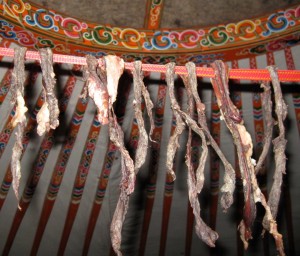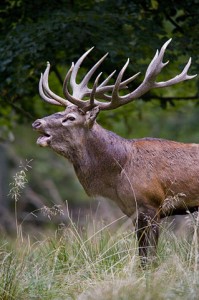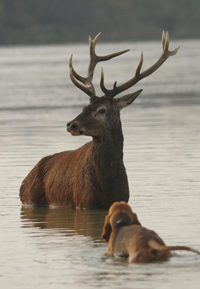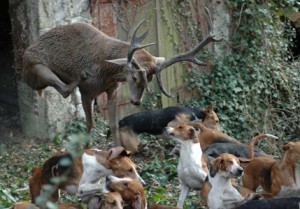One of the foundational elements of a Science-Fiction or a Fantasy story is its setting. All stories have settings, but a contemporary novel can get away with skimming over things its readers already understand from their daily lives in a way than a lot of SFF can't.
If you don't describe the space ship and its limitations, you can't picture the characters in that environment. If you don't ground the Hero-with-a-Mission™ in a particular place and time and culture, you can't move him around in a realistic way that lets your readers identify with him.
The picture above is the background full cover for Structures of Earth, the first book in my new series The Affinities of Magic. [Reminder — I am finishing the first three books before releasing the first one, and I'm in the middle of book 3, Dustings of Blue, now…]
Most Fantasy authors feature their characters on their covers, and I am no exception. But just this once, for the first book of what I expect to be a long series, I wanted to feature the setting: a wizard guild hall that has fallen on very hard times, in a backwater of the capitol city of an empire that is just beginning to feel the impact of its Industrial Revolution. The hero will become one of the movers & shakers of an Industrial Revolution of Magic.
So far, so good. I certainly understood the real British Industrial revolution well enough as a model for a lot of what I had in mind, so I poured out the first two books with satisfying stories that worked for me. This was followed by a pause for life events (all better now), and then I started to put the third book together, eager to begin releases. And then I realized… my understanding of the Industrial Revolution was clear enough, but my understanding of living through it — dealing with urban life, transportation, servants, architecture, etc., was somewhat… inadequate for my purpose in my built-world.







